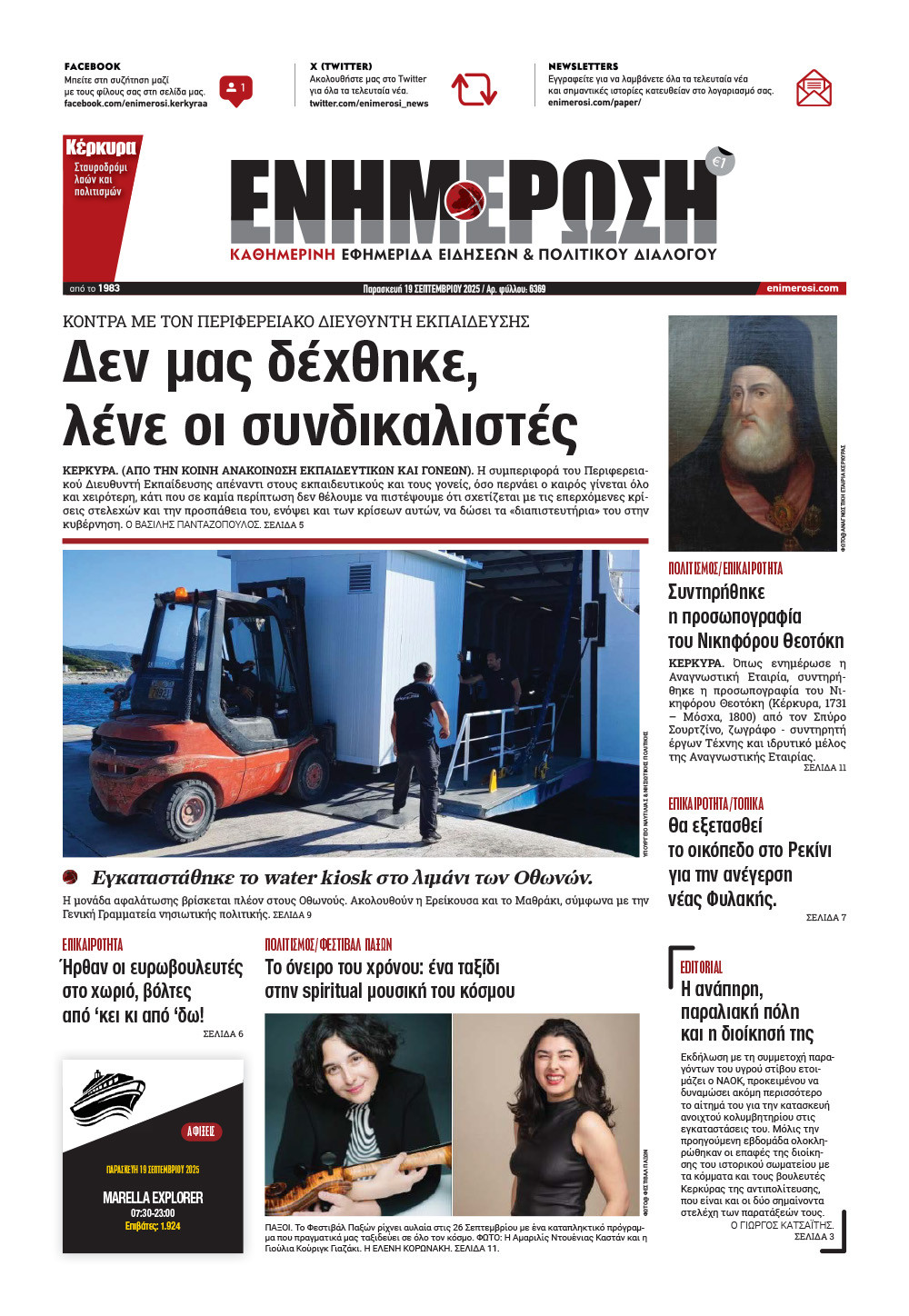Annual memorial ceremony for the Serbs on Vidos Island
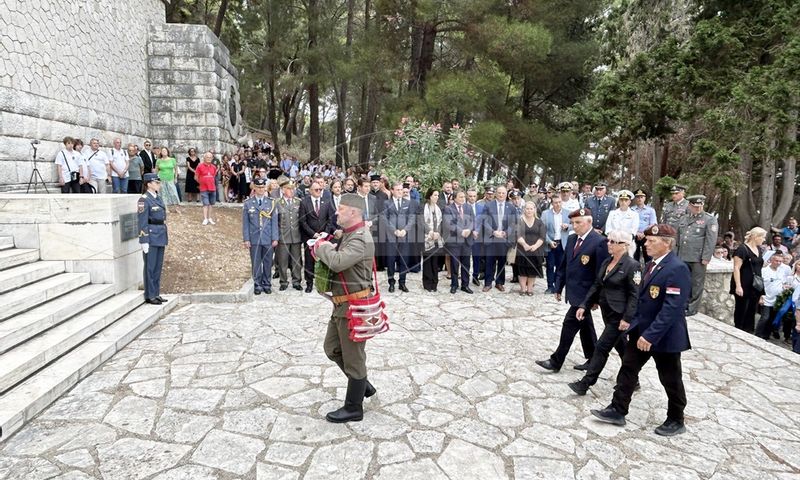
CORFU. They paid tribute at the Serbian Mausoleum to the Serbs who died between 1916 and 1918.
The Serbs visited Corfu again this year for the annual ceremony at the Serbian Mausoleum on Vidos Island.
The memorial service for the Serbian soldiers who lost their lives in World War I was held in the presence of Serbian political and military authorities, as well as representatives of political parties, military authorities, armed forces and local authorities.
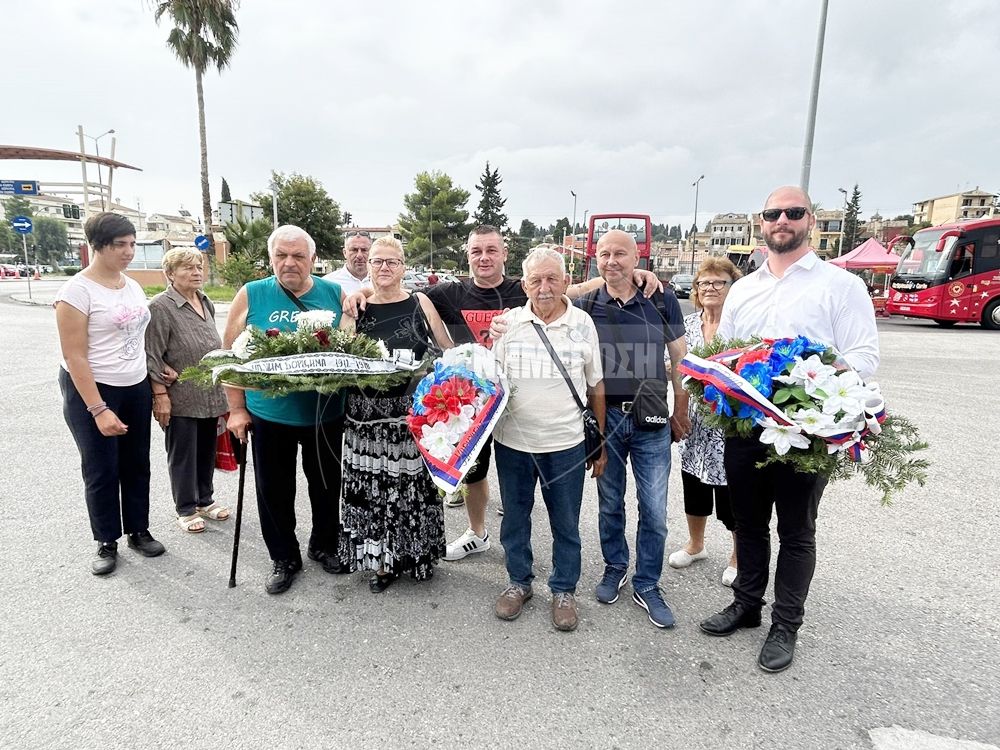
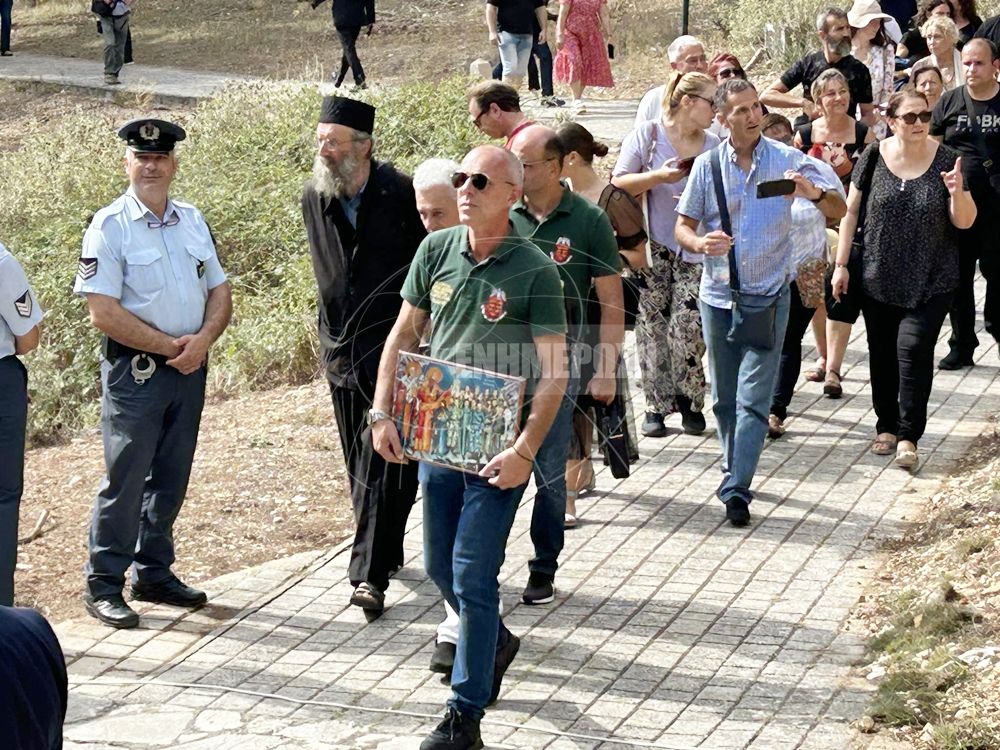
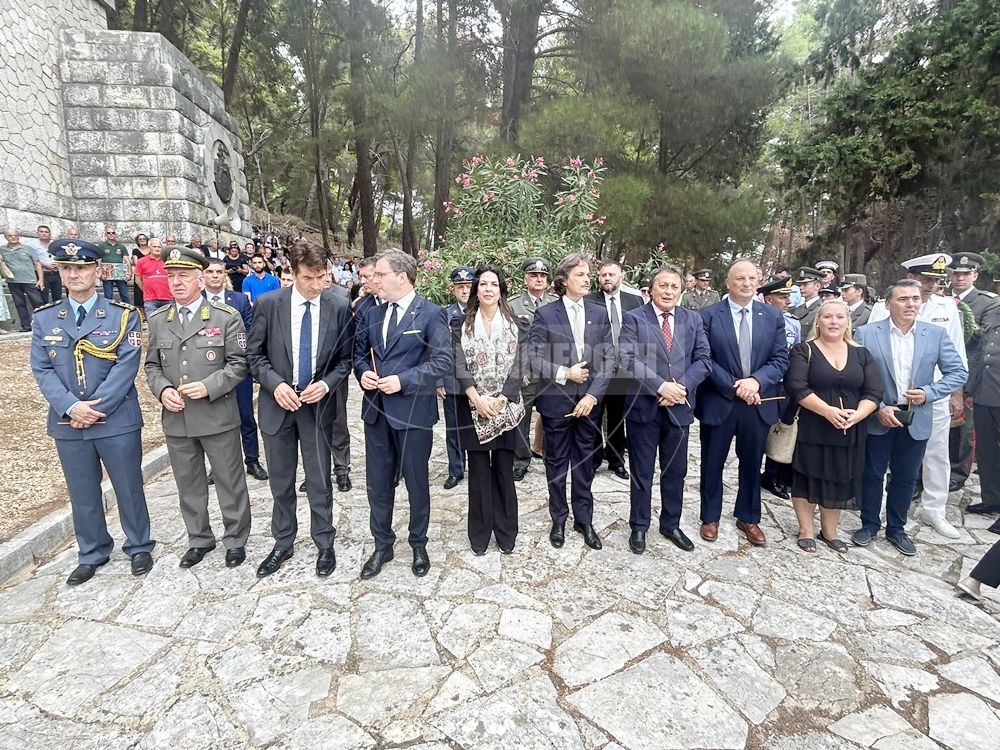
The Serbian delegation, led by the Deputy Minister and General Secretary of the Republic of Serbia's Ministry of Employment Aleksandar Antic, consisted of officials of the Ministry of National Defence, professors of the Belgrade Police Academy, the honorary Consul in Athens Dejan Matcovic and the honorary Consul in Corfu Spyros Mastoras.
Present at the ceremony were the Central Corfu Mayor Meropi Ydraiou and the Deputy Mayor Panayiota Tzanne, the Municipal Council President Dimitris Metallinos, the Regional Council President Nikos Mouzakitis and the Corfu SYRIZA MP Alekos Avlonitis.
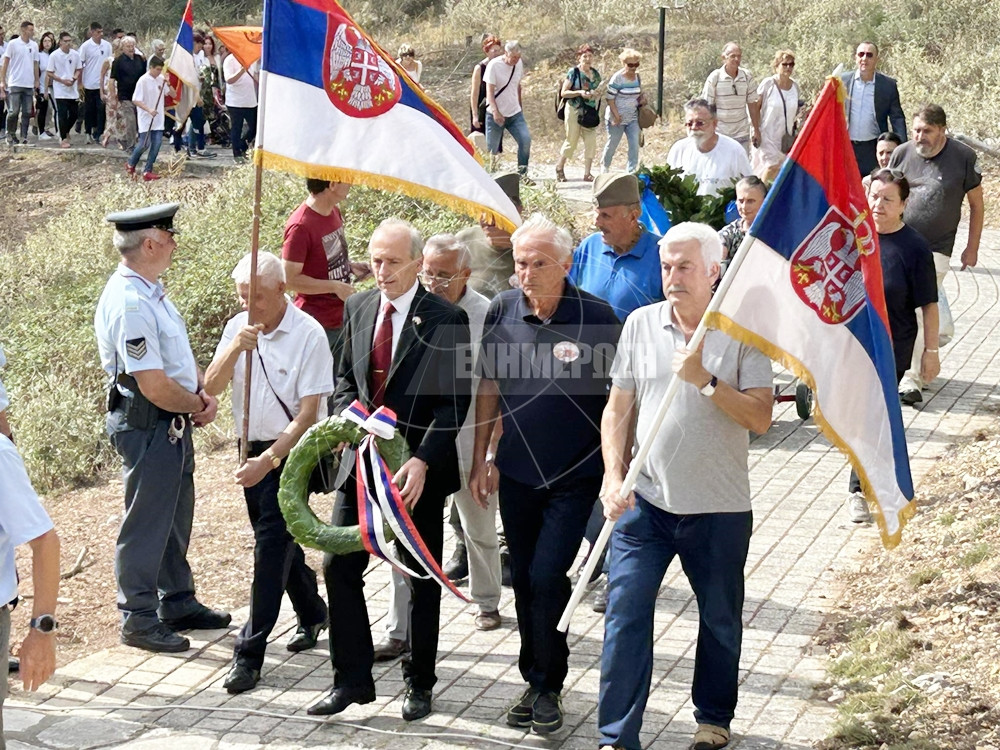
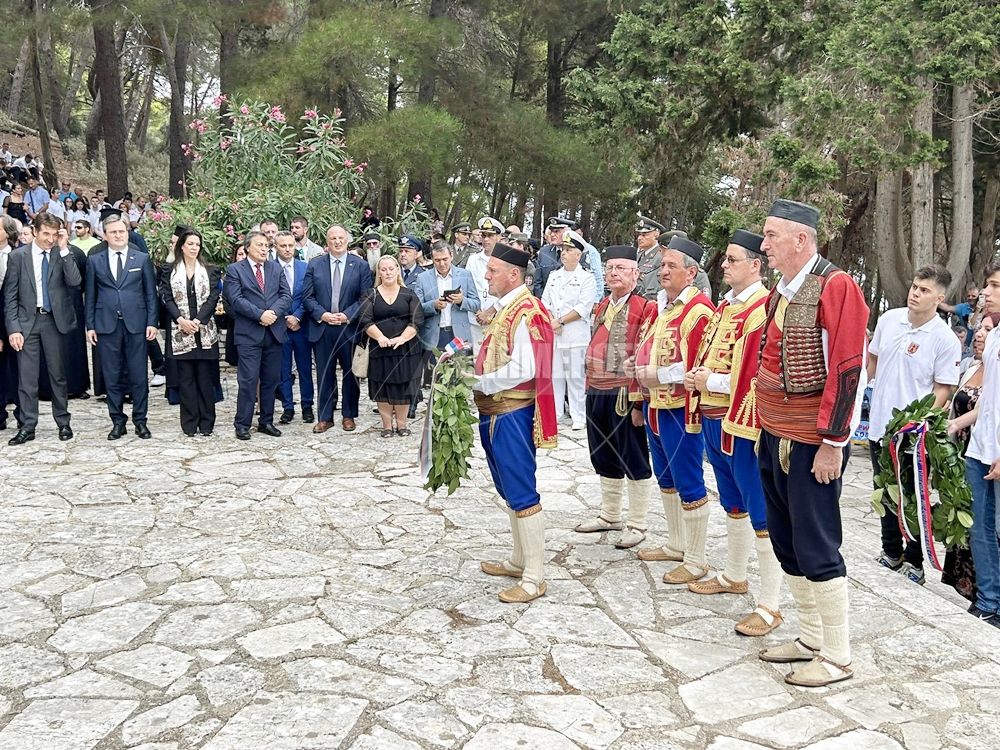
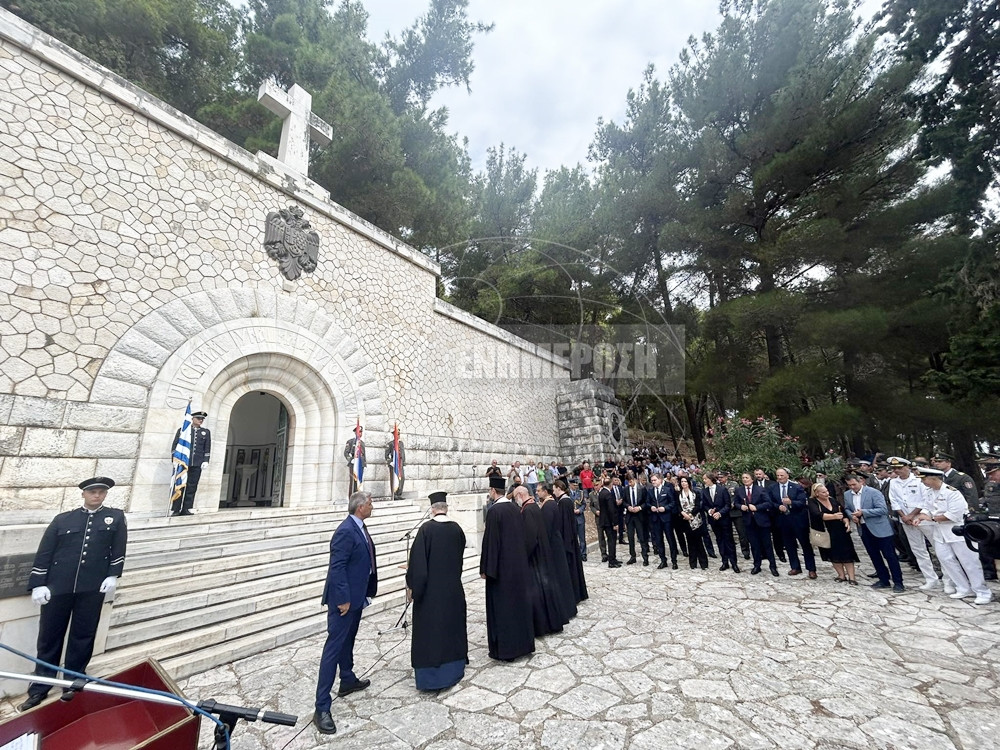
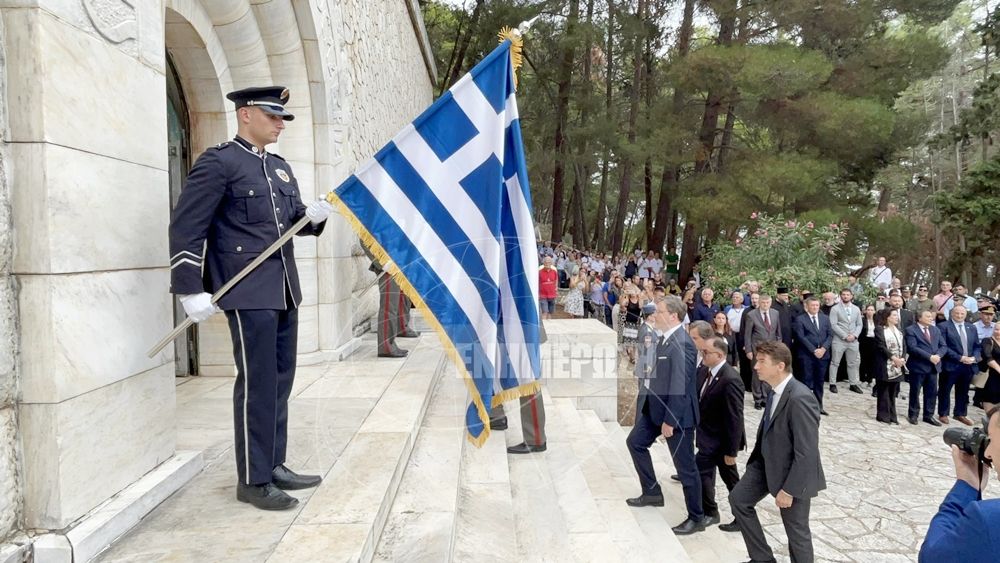
The historical events
A significant page in Serbian history was written in Corfu from 1916 to 1918. The great effort to reconstruct the Serbian State after all that it had suffered during the World War I started from our island. On July 28, 1914, Austria-Hungary declared war on Serbia and the World War I began.
At the end of 1915, under the pressure of the Austro-Hungarian, German and Bulgarian attack, the Serbian army and part of the people were forced to leave their homes and country. They came to Greece, in particular Corfu and Thessaloniki.
From 18 January until February 1916, 151,828 soldiers and citizens arrived in Corfu. They landed in Gouvia. France and the UK assumed the costs of maintaining and equipping the Serbian army. However, the shortages and the time of health care preparation seemed to be another challenge that the already suffering, sick and exposed to cold, hunger and infectious diseases Serbian soldiers, children and civilians would have to deal with.
On January 21, 1916, on this island, where the first military hospital units were established, the number of dead reached 1,200 at first. To save the lives of these refugees, a hospital and shelters were set up on Vidos Island and other areas of Corfu.
Despite all the efforts, about 100 refugees were dying a day and the total number of dead reached 10,000 - some buried on land and others at sea, at what is still known today as the 'Blue Tomb' on Vidos.
In memory of those who lost their lives, the Mausoleum & Ossuary was built on Vidos in 1936. The Corfu Municipality also created the Serbian Museum in Corfu Town, as a continuation of the long-standing Hellenic-Serbian friendship.
From 1916 to 1918 the Serbian Army created 28 military cemeteries in Corfu - in Gouvia, Ipsos, Stroggili, Messonghi, Agios Mathaios, Vraganiotika, Katomeri and the Municipal Cemetery of the town.
The Serbs stayed in Corfu until the end of the war in 1918.
CHRISTINA GEREKOU



